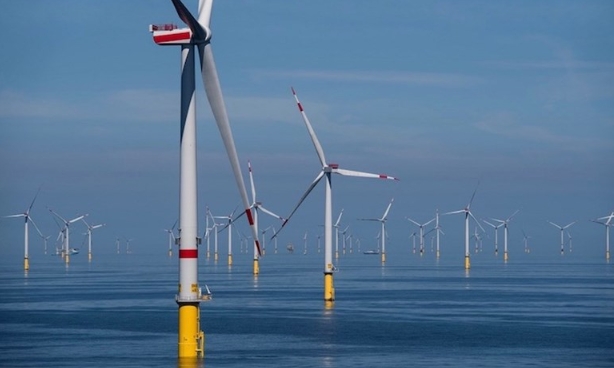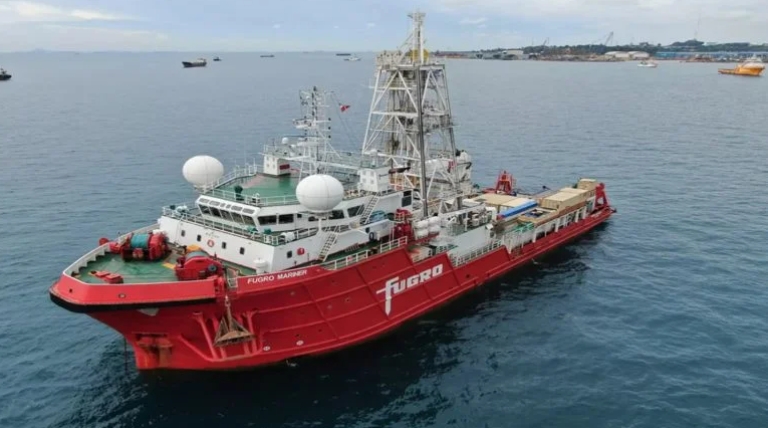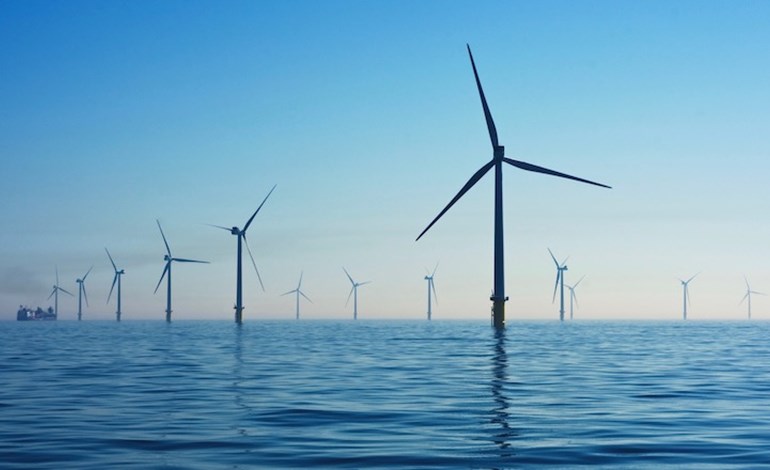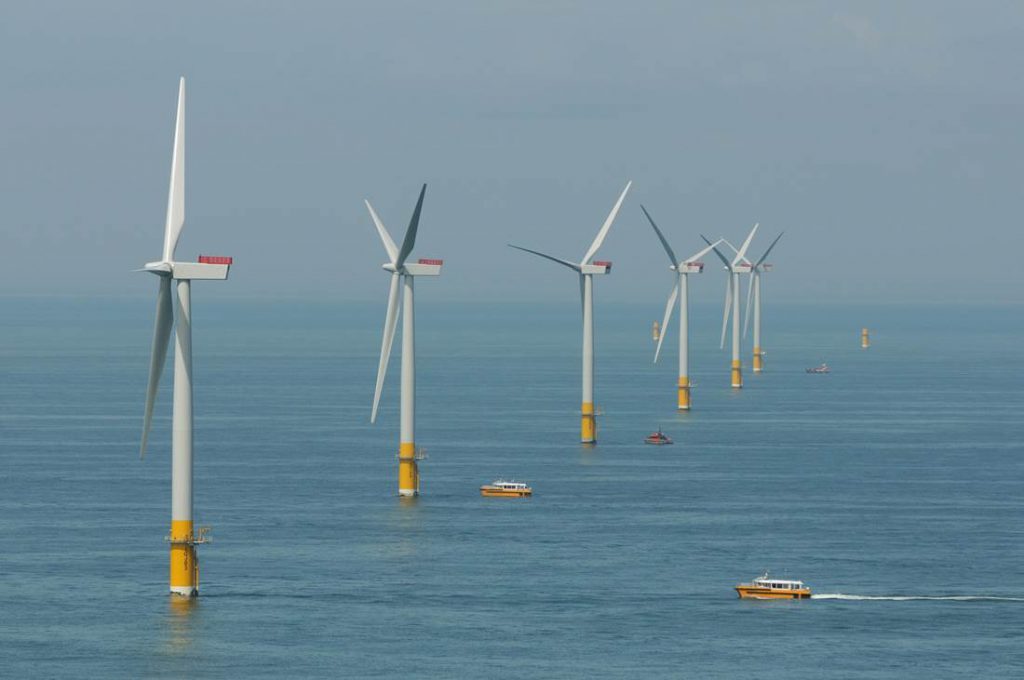In response to feedback from local leaders, industry, fishers, unions, First Nations people, and community groups, the declared Bass Strait zone is smaller and further from shore.
It now sits at least 30 kilometres off Tasmania’s north coast and spans 7,100 square kilometres – reduced by about 30 per cent of the original proposal. It also includes a carve-out for a shipping lane.
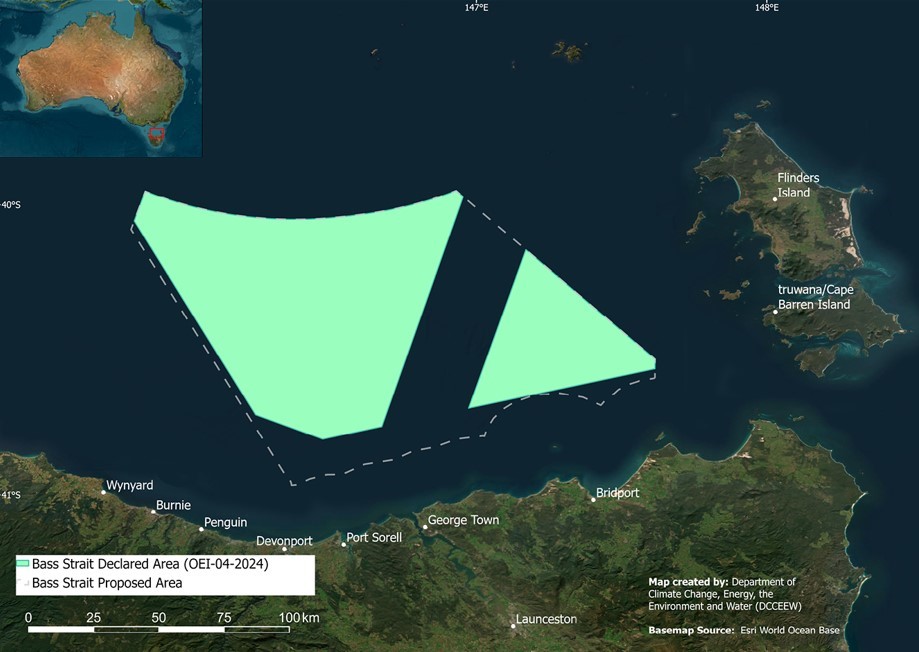
Source: Australia’s Department of Climate Change, Energy, the Environment and Water
Offshore wind developers can now apply for a feasibility licences until 12 March 2025, enabling them to evaluate the feasibility of offshore wind projects in the designated Bass Strait zone.
Feasibility licences will only be awarded to developers that prove their project will deliver the most for Tasmania, its workforce, and Australia’s energy security, according to the government.
“Tasmania has some of the best wind resources in the world. Bass Strait has been named as one of the top options for offshore wind energy generation in the country by the Australian Energy Market Operator,” said Tasmanian Minister for Energy and Renewables, Nick Duigan.
“Tasmania is already an energy powerhouse – running on 100 percent renewables – but the power of offshore wind could see the state produce and export even more clean and reliable energy. The Bass Strait has truly world-class wind resources, with sustained wind speeds of more than 8 metres per second,” added Minister for Climate Change and Energy, Chris Bowen.
The public consultation for an offshore wind zone in the Bass Strait region off Northern Tasmania was closed on 31 January 2024.
The Bass Strait is the sixth area declared suitable for offshore wind development, following areas declared in Gippsland, Victoria; Hunter, New South Wales; Southern Ocean, Victoria; Illawarra, New South Wales; and the Indian Ocean off Bunbury, Western Australia.
